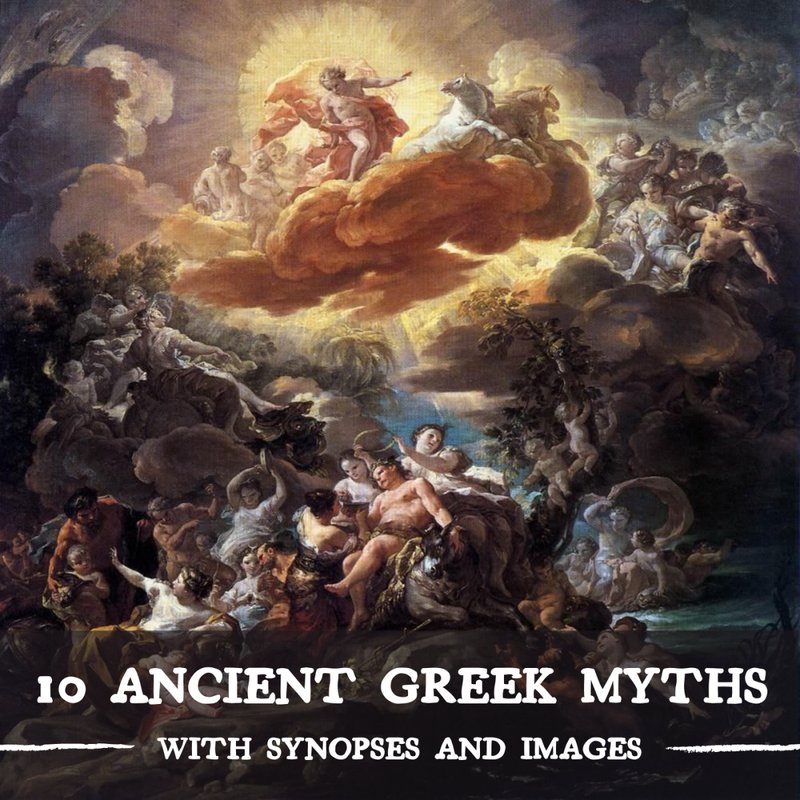
Dolphins are more than just playful swimmers; they’re surrounded by a rich tapestry of myths that reflect how humans perceive them. From ancient tales of gods and spirits to modern interpretations of their intelligence and emotions, the way we view bottlenose dolphins offers insights into our relationship with nature. Let’s dive into some of the most intriguing myths and cultural beliefs about these marine mammals, exploring what makes them so special.
The Dolphin as a Symbol of Protection
Many cultures see the bottlenose dolphin as a guardian of the sea. In ancient Greek mythology, dolphins were often associated with Poseidon, the god of the sea. Dolphins were believed to carry sailors to safety and guide them through treacherous waters. This sentiment is echoed in various cultures worldwide, where dolphins are seen as protectors or even messengers of the divine.
In some Indigenous cultures, dolphins represent a connection to the spiritual world. For example, certain tribes in the Pacific Islands view these creatures as spiritual guides who help navigate the challenges of life. Here’s the thing: believing in the protective nature of dolphins offers comfort and hope, especially when faced with the unpredictable aspects of the ocean.
Many people still hold onto these beliefs today. When you see a dolphin swimming alongside a boat, it often feels like a good omen, encouraging a sense of safety and adventure. It’s a reminder that nature holds mysteries that humans are only beginning to understand.
Dolphins and Healing Powers
The idea of dolphins possessing healing powers is another fascinating myth. Throughout history, people have believed that these creatures could heal physical and emotional wounds. This belief ties closely to their remarkable intelligence and playful nature, which many experience as uplifting.
Therapeutic programs that involve dolphin interactions, often called “dolphin therapy,” have sprung up in various parts of the world. Proponents claim that being near dolphins can reduce stress and anxiety, leading to emotional healing. One story from a dolphin therapy program depicts a child with autism experiencing joy and connection while swimming with dolphins. The smiles, laughter, and spontaneous play highlight the profound impact these interactions can have.
However, it’s essential to approach these beliefs with a balanced view. While many people report positive experiences, scientific evidence on the effectiveness of dolphin therapy is still limited. That said, the emotional bonds formed during these encounters are undeniable.
The Myth of Dolphin Intelligence
Bottlenose dolphins are often heralded as among the most intelligent animals on the planet. But how much of this reputation is based on fact versus myth? Researchers have observed dolphins exhibiting impressive problem-solving skills and complex social behaviors. They can recognize themselves in mirrors and communicate through a variety of sounds.
In many cultures, the intelligence of dolphins has led to beliefs that they possess human-like traits. Some think of dolphins as wise companions or even as underwater “people.” This perspective reflects our desire to connect deeply with other species and assign them human attributes.
You might be wondering: does this mean dolphins understand us? While they may not think like humans do, evidence suggests they have a rich emotional life. They form strong social bonds and display signs of empathy. This fascinating dynamic between humans and dolphins adds layers to both our admiration and our myths about them.
Cultural Representations of Dolphins
Dolphins have made their mark in art, literature, and folklore throughout history. Their playful and charming personalities have inspired countless stories, songs, and paintings. You might remember the famous TV show “Flipper,” which showcased a loving bond between a boy and his dolphin friend. This portrayal helped create a warm, romanticized view of dolphins as friendly, helpful beings.
In various cultures, dolphins are integral to local mythology. For instance, in some Native American legends, dolphins are seen as wise beings that teach humans about joy and kindness. These representations often emphasize the deep connection between dolphins and the ocean, echoing themes of balance and harmony in nature.
It’s interesting how storytelling shapes our understanding of these creatures. Dolphins often symbolize freedom, joy, and even the spirit of adventure. Their presence in art reinforces our fascination with their behavior and characteristics, sparking joy and curiosity in people of all ages.
Conservation Efforts and Cultural Awareness
With the growing awareness of environmental issues, many cultural beliefs about dolphins now intertwine with conservation efforts. People are increasingly recognizing the importance of protecting not just dolphins, but their habitats as well. Many organizations focus on educating the public about the threats facing these marine mammals, hoping to inspire protective actions.
Cultural beliefs about dolphins can be powerful motivators for conservation. Imagine how the idea of dolphins as protectors can encourage communities to preserve their ocean environments. Activists often draw on these myths to foster deeper connections with dolphins and their ecosystems, illustrating the importance of respecting and safeguarding our natural world.
It’s crucial to remember that while dolphins are enchanting, they also face serious challenges. From habitat loss to hunting, understanding these threats can inspire action. Changing the narrative from myth to advocacy can create a more sustainable future for bottlenose dolphins.
Diving into the myths and cultural beliefs about bottlenose dolphins reveals not just fascinating stories, but also our shared human experience. These myths reflect our hopes, fears, and dreams about nature, showcasing the deep bonds we forge with the natural world. Whether seen as protectors, healers, or symbols of intelligence, dolphins capture our imaginations in ways that resonate throughout cultures.
As we navigate our relationship with the ocean and its inhabitants, it’s essential to approach these stories with both curiosity and respect. By considering the truths behind the myths, we can better appreciate bottlenose dolphins and the ecosystems they inhabit, ensuring these magnificent creatures swim freely for generations to come.

